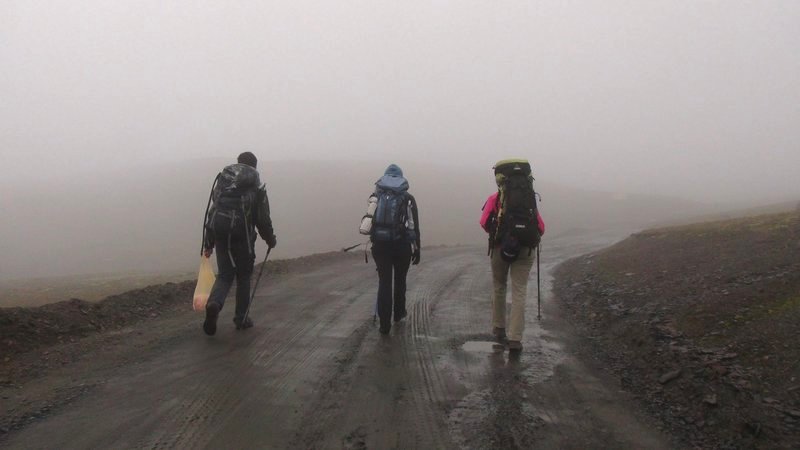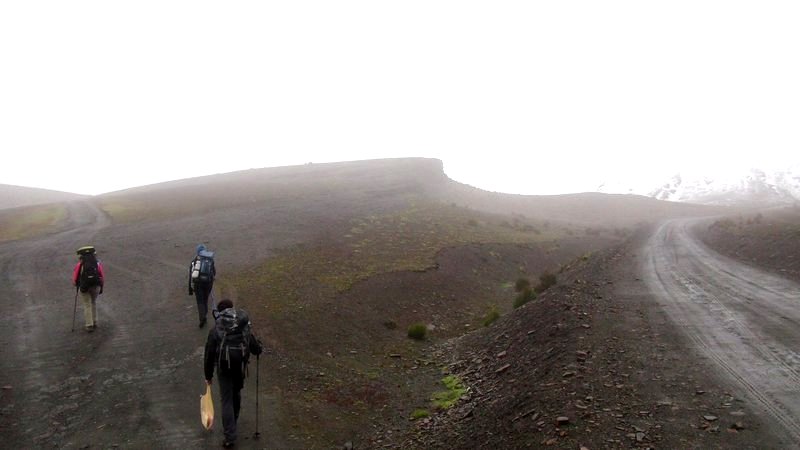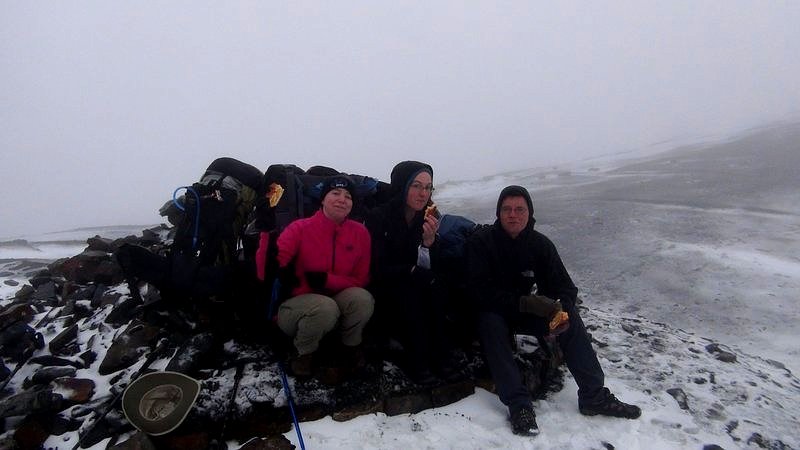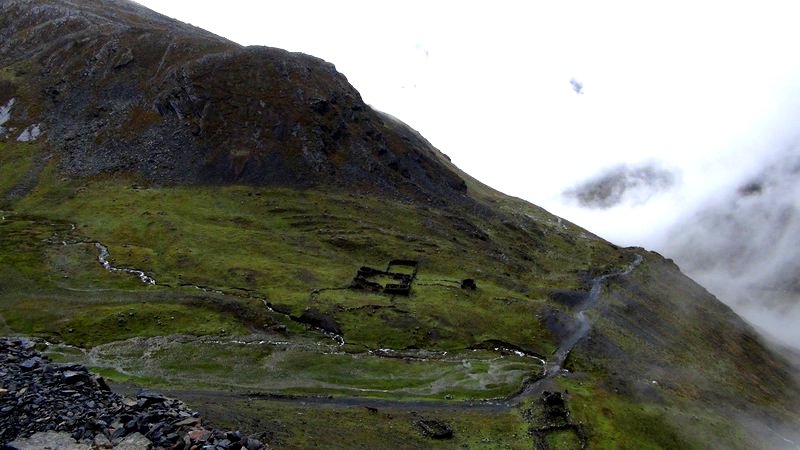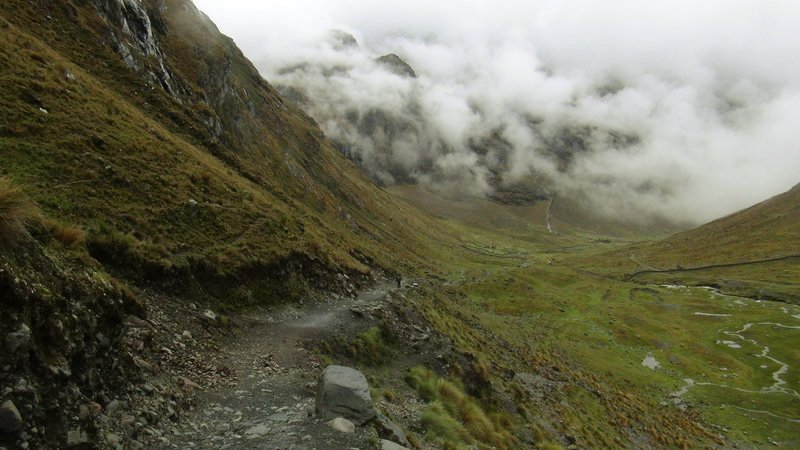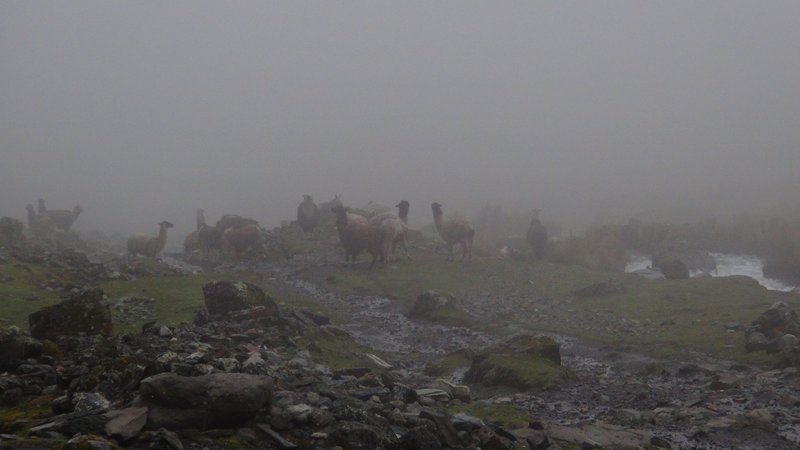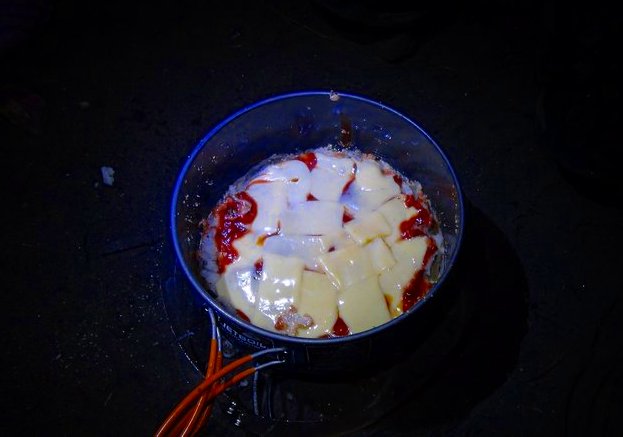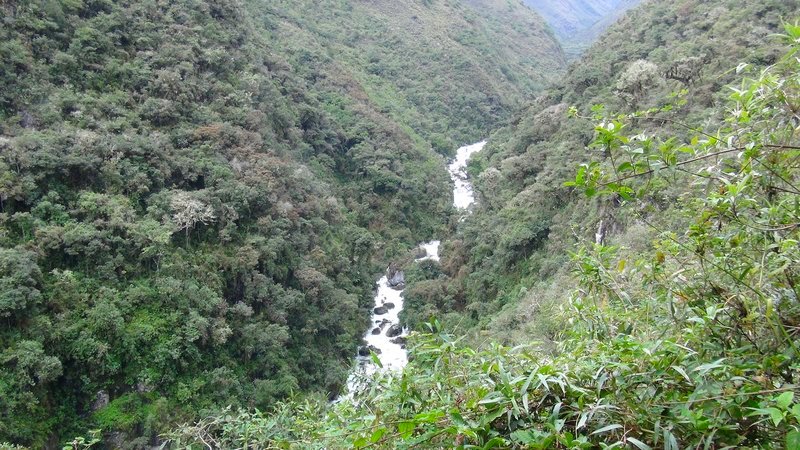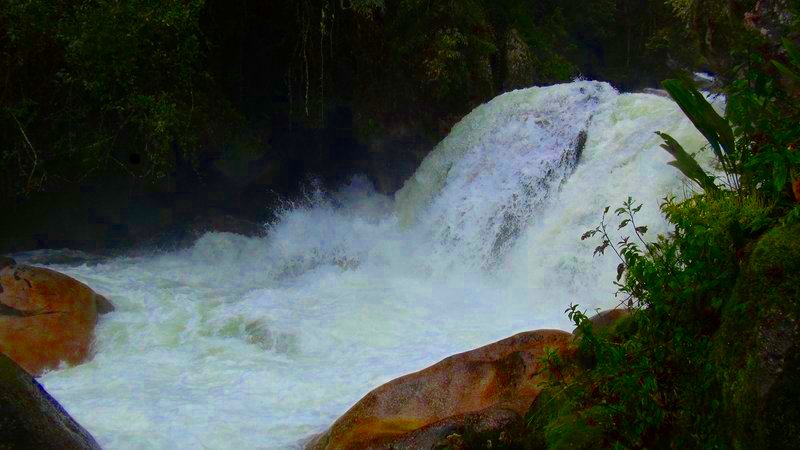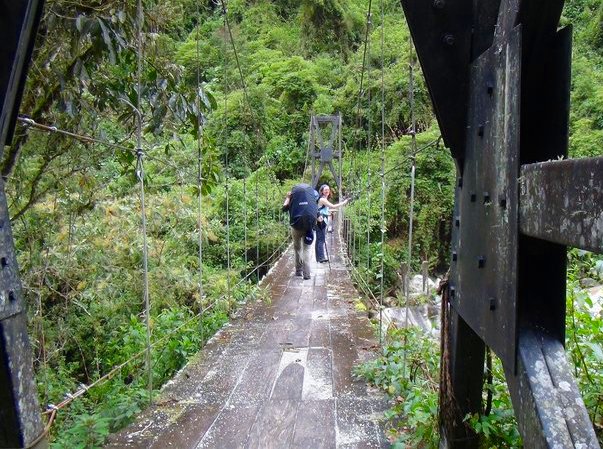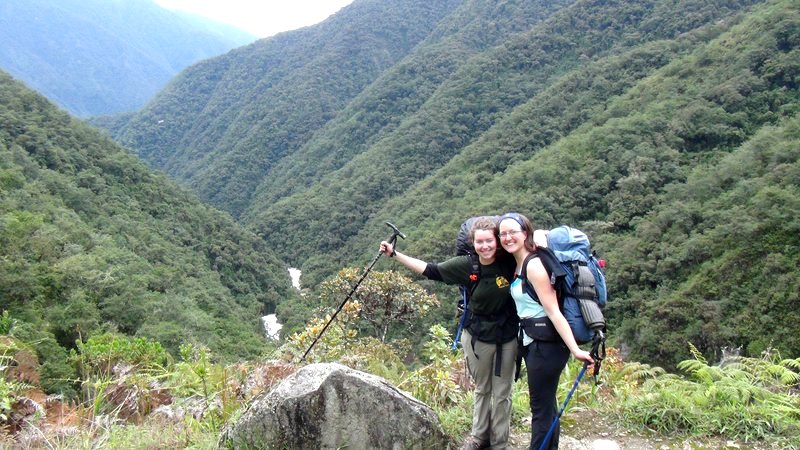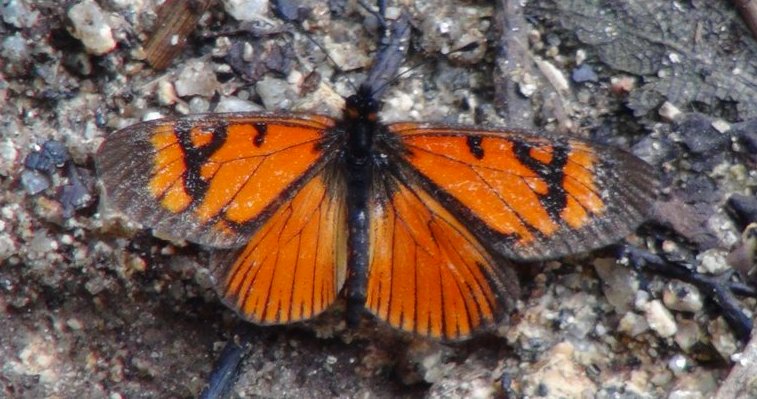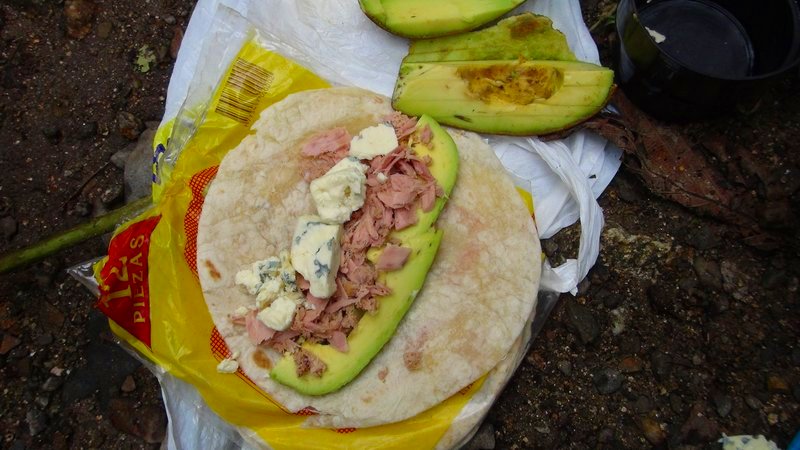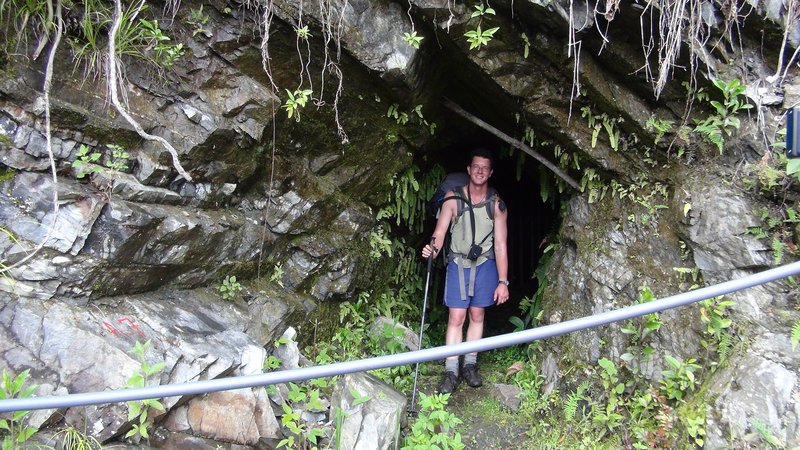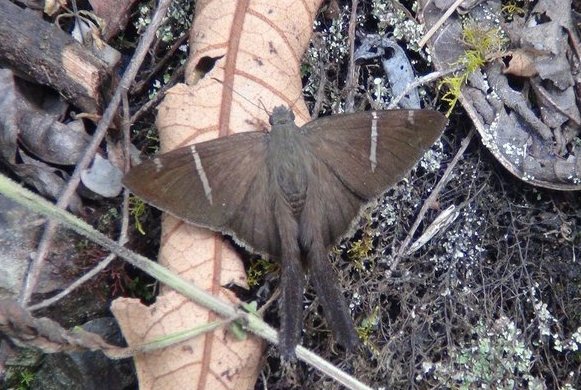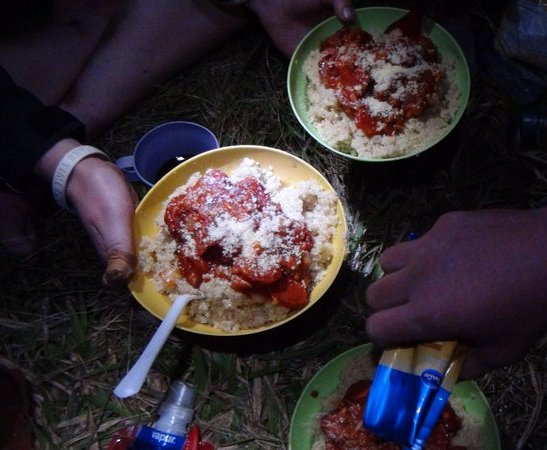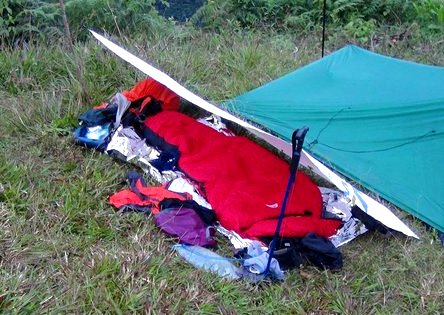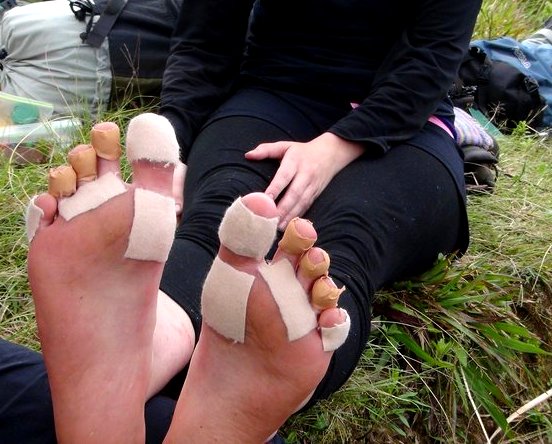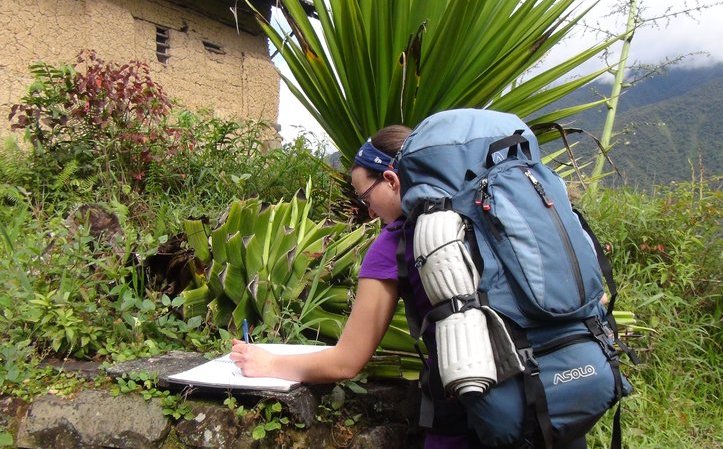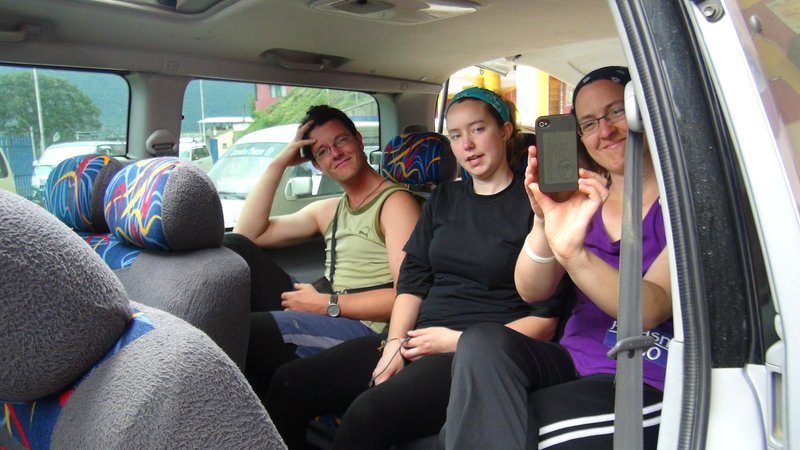Well, we went out to a remote mountain area as a family to have a bit of fun and maybe to some fishing. It was a great trip but ended early with an injury that sent us to hospital. Everyone is fine, but it was a huge reminder of the importance of first aid skills when you have kids.
I figure I’d share the photos of our trip, rather than writing all about it in depth.
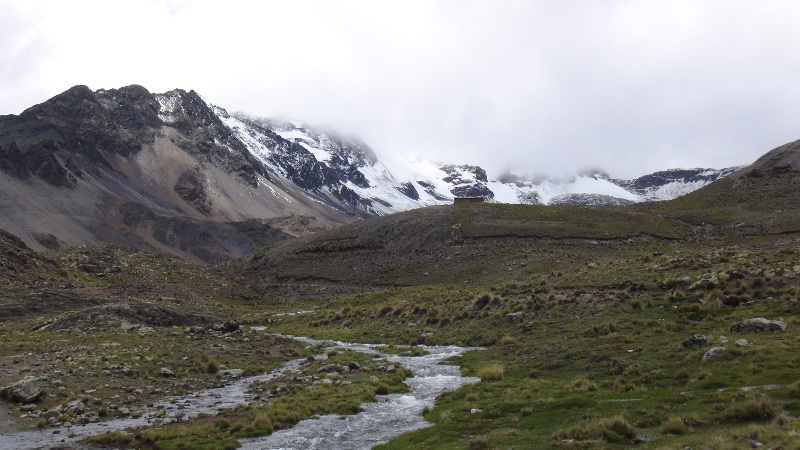
We stopped at this small stream and decided that this would provide fun for all.
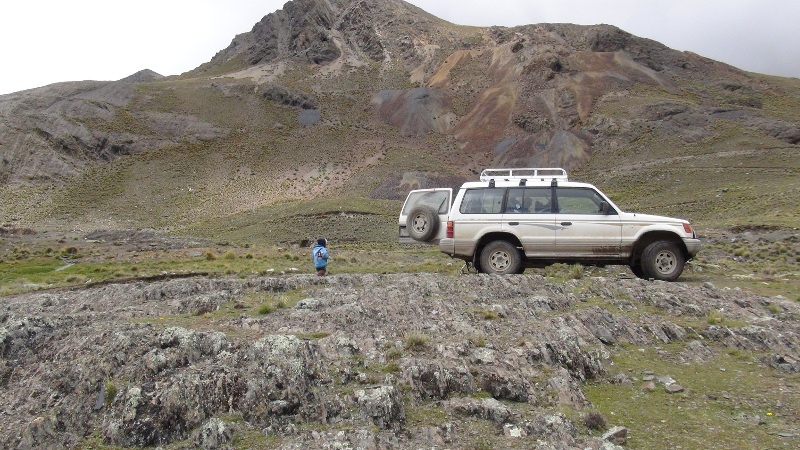
These rocks and that boy will feature later below.
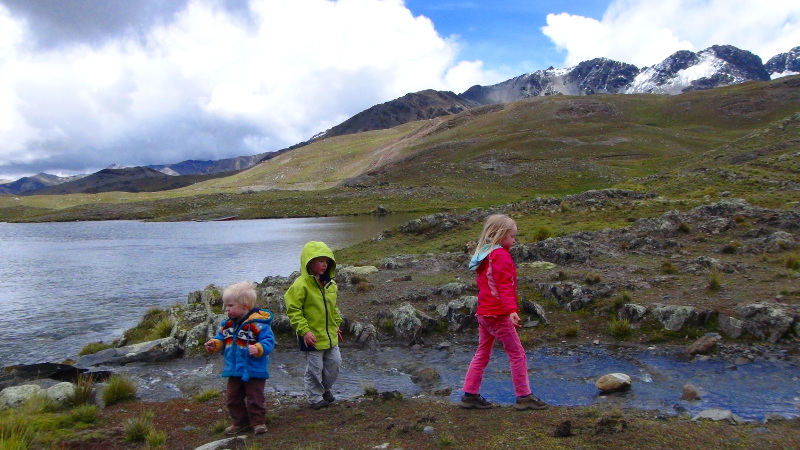
The kids spent most of the time scampering back and forth finding rocks to throw in the river. “This way it will scare all the fish to daddy”, was the excuse of my daughter.
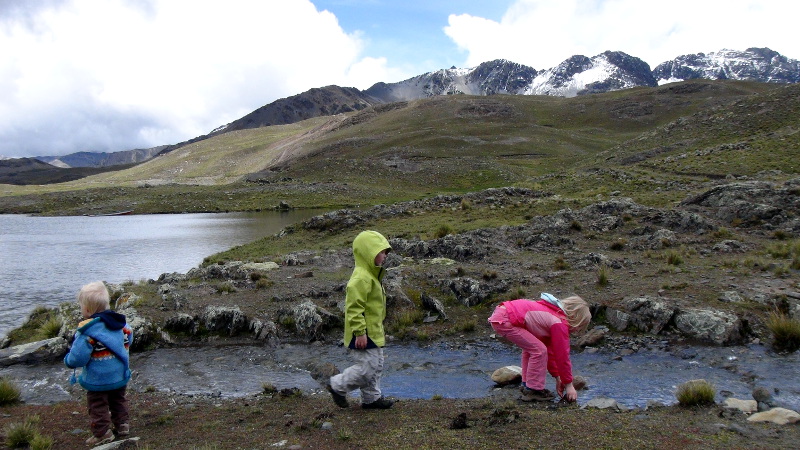
The backdrop was just stunning, we came here in part to take a family photo.
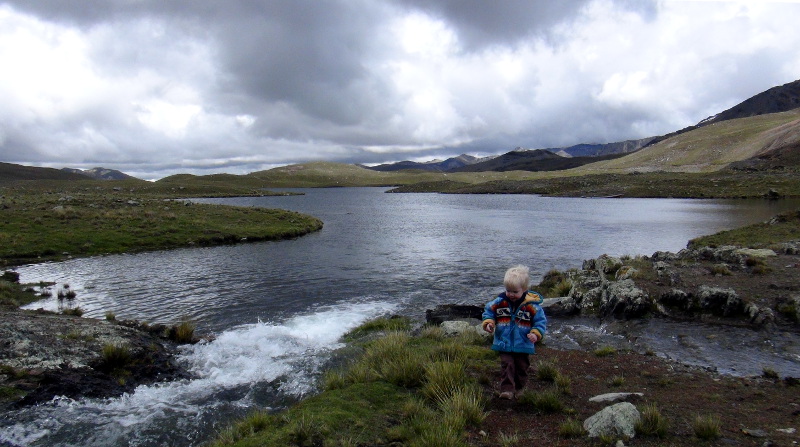
In the background you can see a half sunken boat on the edge of the lake.
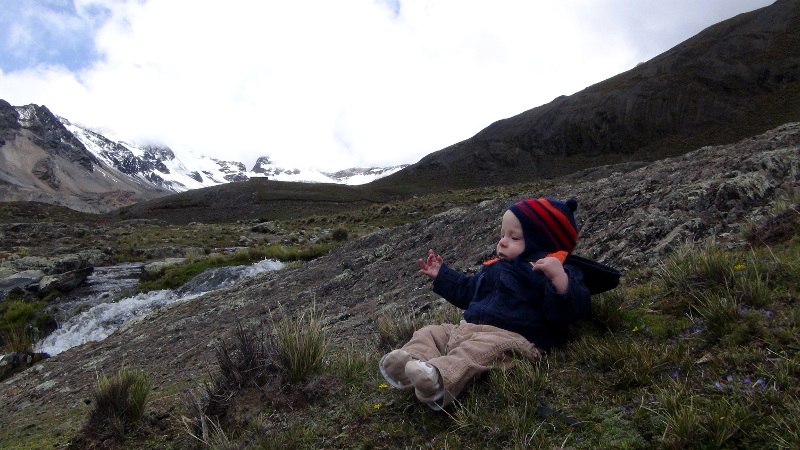
Our youngest had a blast in the fresh mountain air (15500 feet or so) before he dozed off under a bundle of blankets.
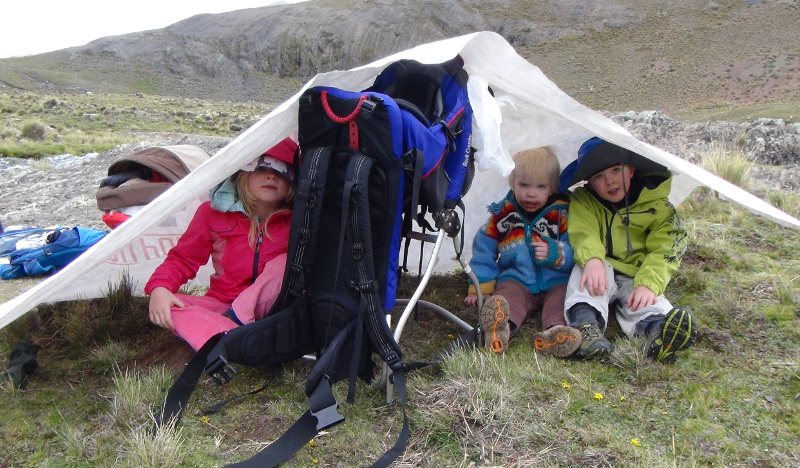
My Tyvek ground cloth was put to good use when the wind picked up. Note the chocolate covered faces.
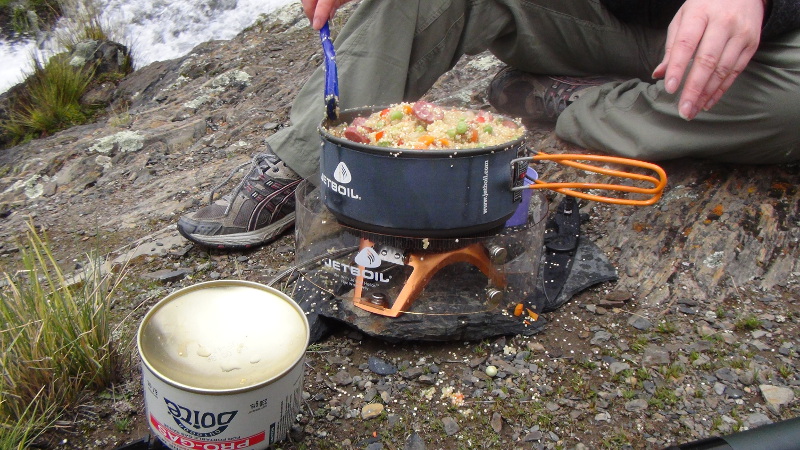
Lunch was a quinua dish made up by my wife and cooked on our Jetboil Helios.
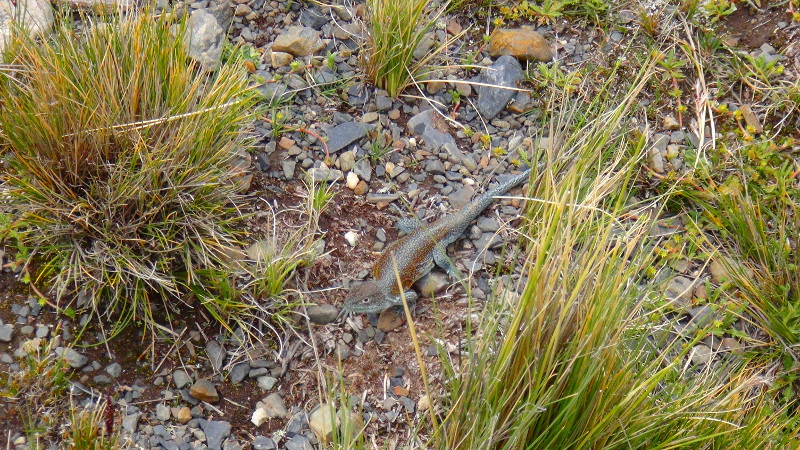
We took a stroll around the lake and spotted this handsome feller in the grass.
After lunch came the accident. Our 3rd child tripped on some rocks and went headlong into a sharp one leaving a cut on his head. With a bit of team work we got our first aid kit and fixed him up. We had to hold the wound shut to reduce scarring and then place a big old piece of Leukotape on it to keep him from picking at it.
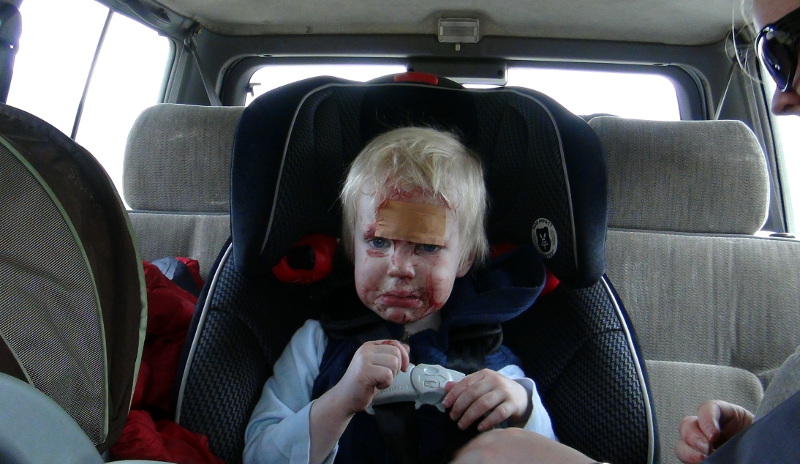
Here’s the little trooper all ready to zip to the hospital. He had a couple scrapes and because of my crazy driving thrw up on the way (which made us pretty worried).
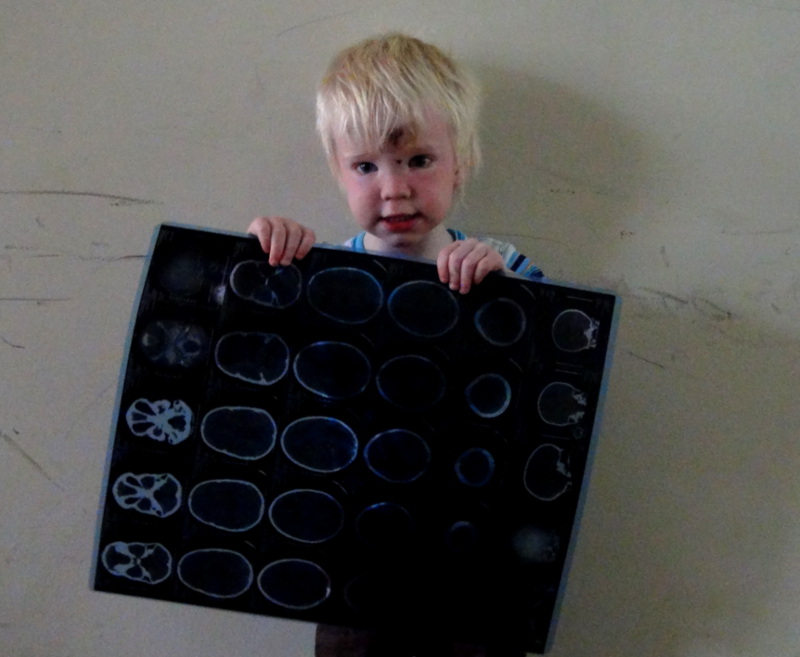
He was given a Cat scan at the hospital and he was cleared with no long lasting problems. We got him home and he was as bubbly as ever.
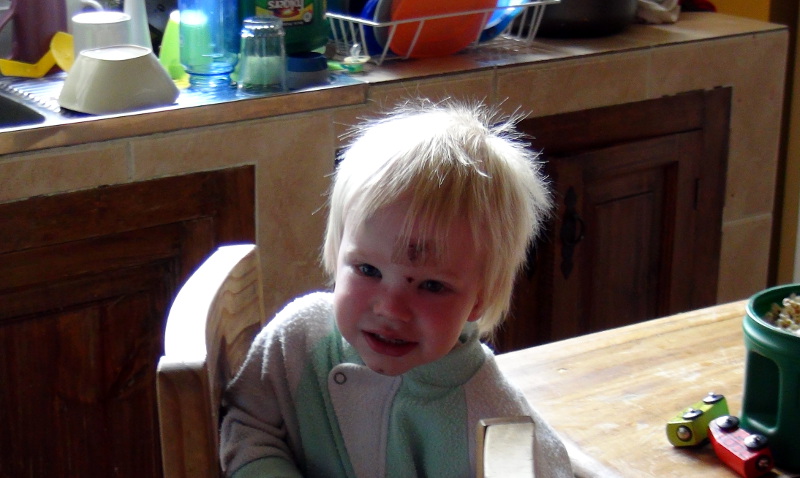
This could have happened anywhere and although we feel incredibly blessed that we had what knowledge we did to tidy him up and get him checked out, we are definitely going to be taking wilderness first aid courses this summer. Now that we’re taking the whole family on bigger adventures we want to be equipped for whatever potential problem that may occur.
 The Outdoor Adventure Giving you tips, tricks & recommendations to help make adventuring in the Outdoors fun, safe & exciting for you and your kids.
The Outdoor Adventure Giving you tips, tricks & recommendations to help make adventuring in the Outdoors fun, safe & exciting for you and your kids.













